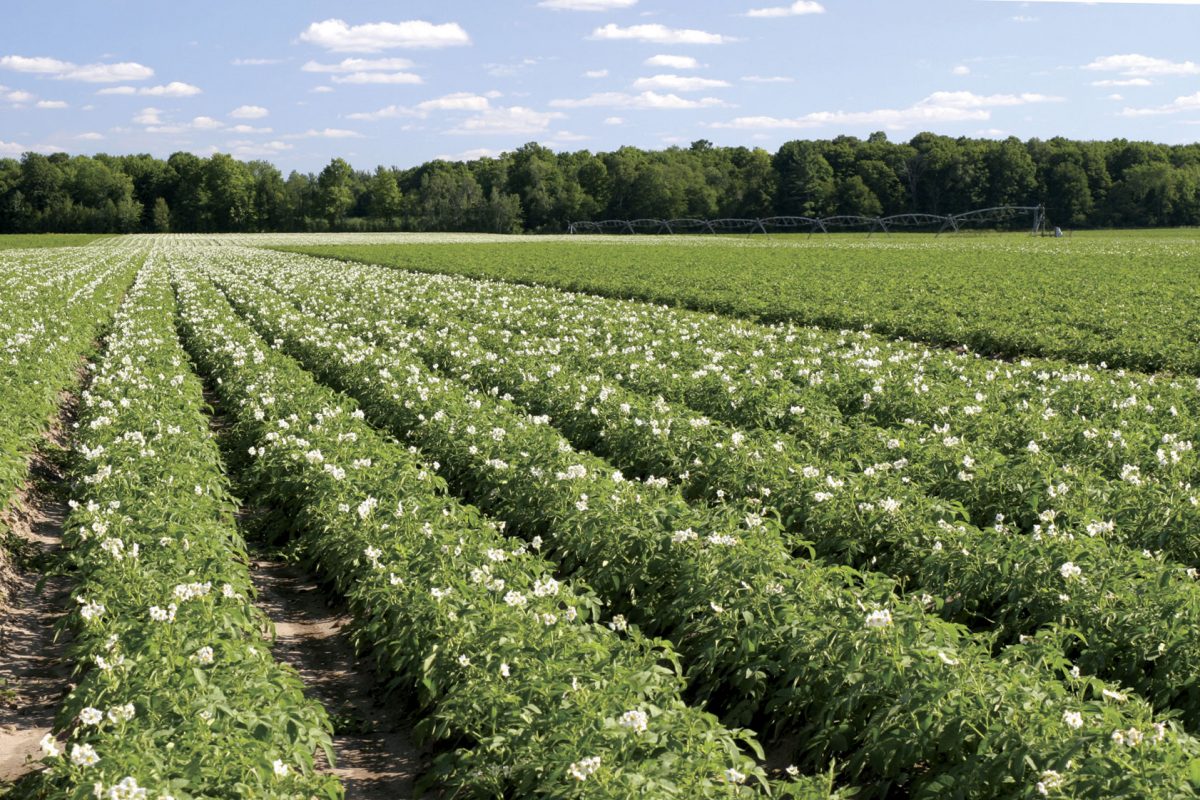New Zealand’s most comprehensive farm nutrient management tool, OverseerFM, has improved the software’s crop modelling capabilities.
The extensive crop changes incorporate new information available from New Zealand cropping specialists at Plant & Food Research. The update includes the addition of new crops, adjustments to enable a better representation of what is happening in a farm system and software updates to make it easier for growers to enter farm information.
Alastair Taylor, business development manager for OverseerFM, said the upgrade removed the ‘seasonal’ variations of crops to describe and estimate the impact of how crops are farmed more appropriately.
“Previously, one of the issues was that the growth of a crop was fixed in the model. The growth time was set at a national average value.
“If you grew a crop for only three months when the national value was six months, the model would go through a six-month process, which would limit the accuracy of the model.
“Under the new model, crops now have a farm-specific growth curve and are more representative of what is actually happening in the farm system.
“Users can now also specify product loss occurring in the field. For instance, a broccoli crop might have five to ten per cent of spoiled heads left in the paddock. These have grown and taken up nutrients. The model can now allow for field loss of damaged crops, which will be incorporated into the results.”
The update has also added four new crops, chickpea grain, pak choi, rape green manure and turnip green manure, and now allows for further additional crops to be more easily added.
An issue around the modelling of fodder beet has been resolved and modelling has been reviewed for crops of broad beans, green beans, cauliflower (winter/spring), cabbage (winter spring), spinach, oats and rye, broccoli (summer), turnips (leafy) cabbage (summer) and radish.
Overseer Limited and independent scientists have been assessing the award-winning tool’s reliability in a range of areas including deep-rooted plants, the effects of different climate data sets, multi-layer soil and sensitivity and uncertainty.
The work to update the crop model began in 2020 with Overseer Limited working with Plant & Food Research. The first outcomes of that programme, updating crop parameters for some existing crops and significantly extending the number of crops that could be modelled, were added to OverseerFM in late 2021.
“We knew there were some ‘quick gains’ to be made in adding new crops and some cropping changes,” said Mr Taylor.
“We then went on to do the longer-term work, with support from the Ministry for Primary Industries. The work took into account the findings of an independent science review of the OverseerFM model, released in August 2021. It has taken some time, as it was complex work and difficult to incorporate into the model. However, as a result we now have something better for farmers and growers.
“Farmers may notice their numbers change but the main difference will be that the way crops are modelled should be more representative of what is actually happening in the farming system.”
The updates also mean it is now much easier to collect data for incorporating new crops into the model. The update of the crop coefficients table enables easier of crop coefficients by botanical relatedness and/or similar crop end use.
The ‘end N uptake crop’ function and the end use and/or planting time crop variations (seasonal variations) have both been removed, and the data entry required for crop selection updated. The changes do not include any update to how pasture or pasture crops are modelled.
Further information on crops that can be modelled in OverseerFM can be found on the Overseer website www.overseer.org.nz or in the Overseer Knowledgebase.
Source: Overseer












